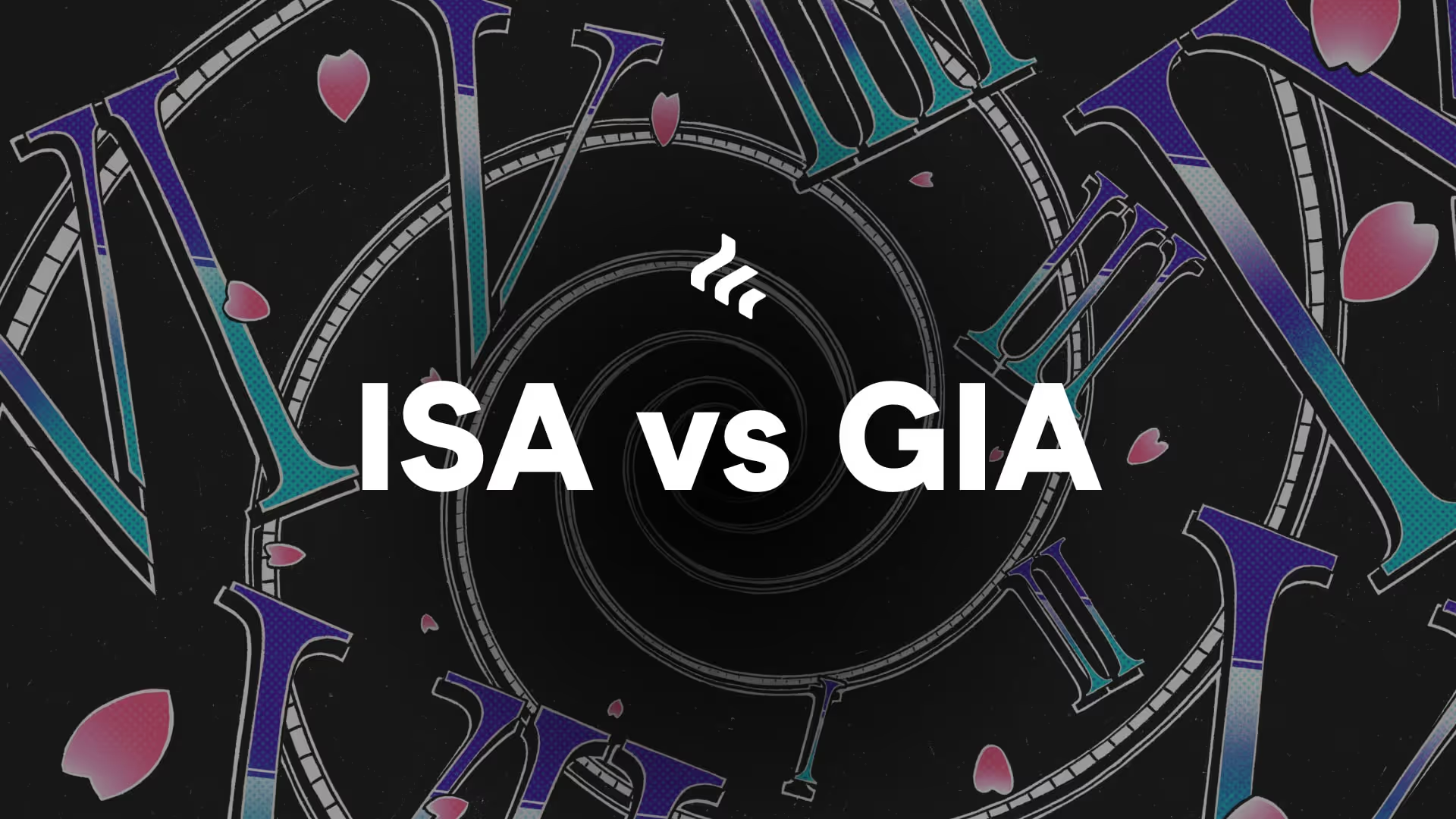Finding out how to invest in stocks can equip you to grow your savings over the long term.
If you’re a beginner, investing can feel confusing or overwhelming. This simple guide shows you how to start buying stocks step-by-step
- Investing in stocks is one of the best ways to grow your savings over the long term.
- Time is the most important ingredient for growth. The longer you can leave your investments, the better.
- Keep it simple. Build a diversified portfolio, invest regularly and don’t fiddle too much.
Investing for beginners
What is investing?
Investing is about trying to do more with your money.
Simply put, investing is putting money aside today with the aim that it will be worth more in the future.
Why should you invest?
Keeping cash in the bank is one way to save, but when it comes to growing your savings, it’s not always the best option.
Over time, the value of money and what you can buy with it changes.
More often than not, prices will rise (in economic talk, this is inflation). It’s not really a problem in the short term - £1,000 today will be close to £1,000 tomorrow or even next month.
This makes cash a good option for your emergency savings or money you’ll need to use soon. But over a longer time frame, your savings left as cash will start losing value.
Here’s an example of how rising prices can affect the value of your cash, the longer you leave it.
Disclaimer: This table is just for illustrative purposes only and does not use real inflation rates.
This is where investing comes in.
Investing is about growing your wealth over the long term. The aim is to make a return higher than inflation so that your real wealth grows and your purchasing power is greater in the future.
Investing in the stock market has historically been a great way to do this. That’s the short answer to why investing can be a good idea.
Remember though, when you invest, you are taking on the risk that you may get back less than you started with. If you invest in a stock and it reports poor results, the value of your investment may go down.
But over a longer time frame, investing tends to generate returns greater than inflation. For example, the 2024 Barclays Equity Gilt Study found that equities have a 70% chance of outperforming cash over two years, with this rocketing to a 91% chance over a full decade.
What are stocks and why invest in them?
A stock is a type of investment. A stock is a portion of ownership, or share, in a company. As a partial owner of the company, the value of your investment will rise and fall over time based on the business’s performance.
Stocks are bought and sold on marketplaces called stock exchanges, like the London Stock Exchange or the New York Stock Exchange. Fortunately for modern investors, you don’t have to be in the building to make trades these days, as online platforms allow you to buy and sell stocks quickly and easily.
Let’s go through the step-by-step process of buying a stock as a beginner.
What are the 5 steps to investing in stocks for beginners?
- Set your investment goals
- Open an investment account
- Pick your stocks
- Decide how you want to invest
- Buy your first stocks
1. Set your investment goals
Before you start investing, it's important to decide what you want out of it.
Some people invest to save for their retirement. Others may have a specific future purchase in mind or just want to beat inflation.
Understanding your goals is important because it should set investment foundations, like how much you invest and what you invest in. Remember to also consider how comfortable you are with the risks associated with investing.
2. Open an investment account
Choosing the type of account you want to open is an important step. You can buy stocks through several different types of account. Think about how these different accounts tie in with your investment goals:
- ISA (individual savings account). This is a tax-efficient account for your investments. You can add up to £20,000 to your ISAs each tax year. Shares and other investments held within a stocks and shares ISA can grow free from capital gains and income tax. Their tax-advantaged status makes these accounts the first port of call for many savers.
- SIPP (self-invested personal pension). This is a tax-efficient account for your retirement savings. You choose how your pension is invested. Once your investments are inside a SIPP, you can’t withdraw any funds until you’re 55 (or 57, from 2028 onwards) but like an ISA, your shares and other investments grow free from UK tax. These accounts are great for long term investing and helping you to reach your retirement goals.
- GIA (general investment account). This account has different names depending on the provider. There’s no tax efficiency, meaning you may have to pay capital gains taxes on any profits and income tax on dividends or interest, over certain annual allowances. These accounts suit investors who have already used their annual ISA allowance, but still want to invest any excess funds.
Once you’ve chosen your platform and you’re ready to open your account, they’ll need a bit of information from you:
- A valid form of photo ID
- Your email address
- Your phone number
- Your national insurance number
- Your bank account details, to link it up and fund your account
3. Pick your stocks
Picking the shares you want to buy can be tricky. Remember that buying a stock is essentially a vote of confidence in a company, and a prediction that the share price will increase. Think about the following when you are searching for shares.
- How do the fundamentals look? So-called “fundamentals” are some of the chief metrics investors use to quickly judge stocks. Our piece ‘Rationalising Ratios’ provides an insight into how to use these to pick your next stock.
- Have you checked the earnings? Nothing offers a snapshot into how business is going like a company’s earnings reports. These can be found on companies’ investor relations websites. If you are struggling to find them, try Googling the name of the company and the phrase “investor relations”.
- What does the news say? You might choose a stock on the basis that journalists and commentators are excited about the company’s innovative new products. On the flip side, companies embroiled in scandals or facing insolvency might be ones to avoid. It’s always worthwhile exploring opinions for and against a company, rather than making a snap judgement based on a single press report.
- Have you checked past performance? Historic strength is no guarantee that things will keep improving, but you might be more comfortable backing a stock which has achieved consistent growth over a long period.
- Do you understand the company? Investing in a business you do not understand might not be a good idea. If you have specialist knowledge of a sector or industry, you might be able to use it to your advantage.
- Do you believe in the company? If you feel strongly or passionately about the quality of a company’s products or services, there is a good chance other people do too.
- Is my portfolio diversified? While it might be tempting to put all your eggs into one basket and shoot for the moon, many investors prefer the safety of diversification. In short, this is the principle of protecting yourself against a major downturn that might hit a stock, sector or even a country.
You don’t have to consider all, or even any, of these things if you don’t want to. But having a rhyme or reason to your stock picks is a good idea.
If you still feel lost, check out our guide to picking stocks and shares.
4. Decide how you want to invest
We all have different aims, financial circumstances and ultimately different lives. How one person invests may not work for someone else.
There are many different investment strategies out there, but one of the most basic things to choose is whether you want to be active or passive. In reality, many of us will do a bit of both, but here’s a quick breakdown:





.avif)




.avif)



